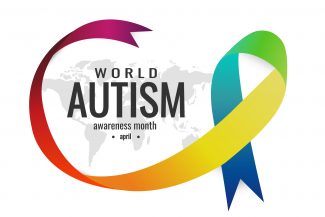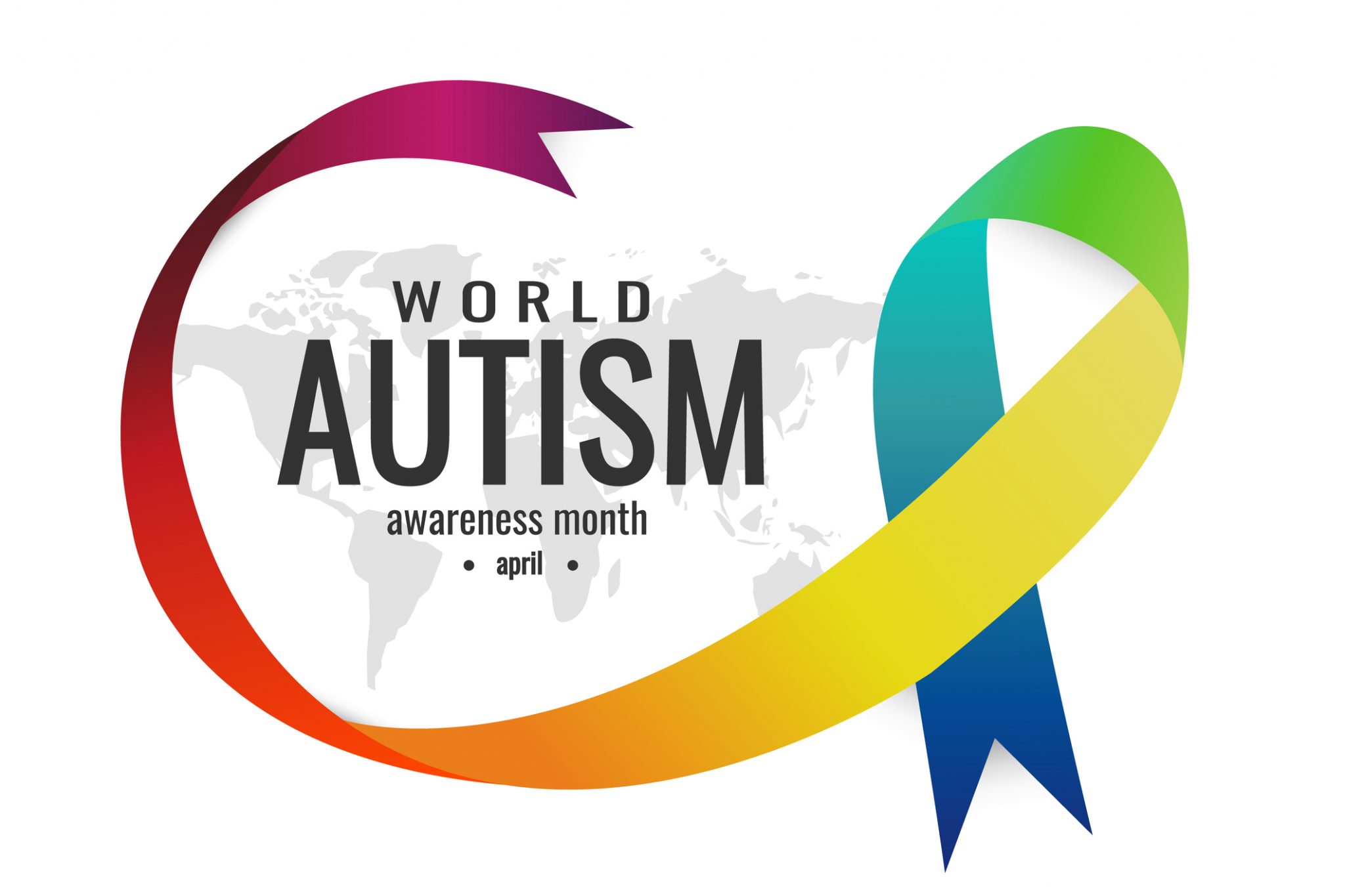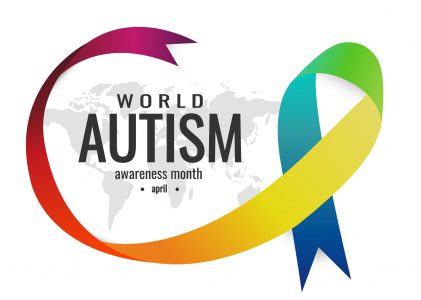
Join us this World Autism Month to learn more about Autism Speaks and the commitment to a world where everyone with autism can reach their full potential. Autism spectrum disorder, ASD, is one diagnosis which merges four distinct autism diagnoses into one umbrella. ASD includes autistic disorder, childhood disintegrative disorder, pervasive developmental disorder-not otherwise specified (PDD-NOS) and Asperger syndrome.
Asperger syndrome is distinct from other autism disorders with typical to strong language skills and intellectual ability. People diagnosed with Asperger’s face similar challenges such as restricted interests and difficulty with social interactions, although may also experience a remarkable attention to detail, aptitude for recognizing patterns, persistence, and focus.
The Centers for Disease Control and Prevention, CDC, estimates that 1 in every 54 children in the U.S. are affected by autism. ASD is four times more likely to occur in boys than in girls and occurs across all socioeconomic, ethic, and racial groups. Because ASD includes a spectrum of disorders, each person with autism is faced with distinct challenges and strengths. Some people with autism may experience severe challenges with the way they learn, think, and solve problems while others require less support. In some cases, people with ASD can live completely independently.
Signs of Autism
The development of autism may be influenced by several factors and it could be accompanied by medical issues and sensory sensitivities. Autism may include sleep disorders, seizures, gastrointestinal disorders, depression, and anxiety. Signs of ASD usually appear by age two or three. Early intervention is shown to provide more positive outcomes later in life for people living with ASD which makes it crucial for early intervention from a professional evaluation. Not every child with autism will show all signs and some children that do not have ASD may show a few of the signs.
Parents and caregivers should be aware of the following early signs of autism:
Signs of autism at 6 months old:
- Limited or no eye contact
- Few or no big smiles or other joyful, engaging expressions
By 9 months:
- Little to no smiles, facial expressions, or back-and-forth sharing of sounds
By 12 months:
- Little to no response to their name
- Little to no babbling
- Little to no back-and-forth gestures like waving, reaching or pointing
In addition to these early signs present by one year of age, additional signs that may indicate ASD include very few or no words spoken by 16 months of age and very few or no two-word, meaningful phrases by two years old. The following signs of autism may be present at any age:
- Avoidance of eye contact
- Delayed language development
- Loss of previously acquired speech, babbling or social skills
- Persistent repetition of phrases or words
- Restricted interests
- Persistent preference for solitude
- Repetitive behaviors like spinning rocking or flapping
- Intense or unusual reactions to lights, sounds, tastes, smells, textures
- Resistance to minor changes in surroundings or routines
- Difficulty recognizing emotion in others
- Difficulty expressing emotion or seeking emotional comfort from others
Contact your healthcare provider and have your child screened if you have any concerns. The Modified Checklist for Autism in Toddlers, M-CHAT, is a simple, online screening tool that can help you understand your child’s probability for autism. Please consult with your child’s physician if any answers suggest a high probability for ASD.
Signs of ASD in Teens and Adults
Many people with milder types of autism may go undiagnosed until adulthood. Speak with your doctor if you feel that your older child or yourself has core symptoms of autism which are restricted, repetitive behaviors and social communication challenges. Symptoms of autism can begin in early childhood and may persist enough to interfere with daily living even though they go unrecognized.
Causes of Autism
After a diagnosis of autism, many people want to know what caused it. While there is not one specific cause for an autism diagnosis, research does suggest that autism could develop from a combination of nongenetic, genetic, and environmental influences. These influences appear to increase a child’s risk of developing autism which is not the same, however, as a cause. Some gene changes, for example, are associated with an increased risk of autism but can also be found in people that do not have ASD.
Research does suggest that autism tends to run in families and changes in certain genes can increase the risk of a child developing autism and can be passed to children even if the parent never develops autism. Environmental risk factors that may increase the risk of developing ASD include advanced age of parents, low birth weight or extremely premature birth before 26 weeks, multiple pregnancies, or pregnancies within one year. Using prenatal vitamins that contain folic acid during pregnancy is shown to decrease the risk of developing ASD.
As also referenced by autismspeaks.org, there has been extensive research completed in the last couple of decades regarding any link between childhood vaccinations and autism with research showing clear results that vaccines do not cause autism. Autism Speaks offers many resources for parents and help in finding support and understanding to the world of those we love with autism.
Greater Waterbury Imaging Center encourages everyone to light up with kindness during world autism month. Early intervention is key to helping your child experience a more positive outcome later in life. Remember to contact GWIC for all your MR imaging needs.


